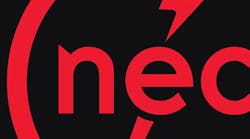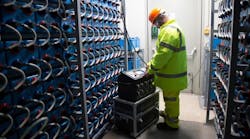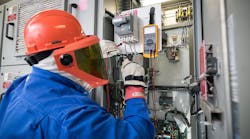Many people take one look at the National Electrical Code (NEC) and their eyes glaze over. It’s so big that the 2017 looseleaf edition comes in a three-inch binder (8.5 x 11 pages).
The good news is you do not have to know, or even wade through, the entire NEC for a given project. That’s because of how the NEC is arranged. Figure 90.3 is a graphic that shows the breakdown:
- Chapters 1 through 4. These apply generally to all electrical installations. But note that in Chapter 3, only four Articles (300, 310, 312, 314) apply generally. The other Articles (320 through 399) apply to specific wiring methods, so you just pick from those to match your wiring methods.
- Chapters 5, 6, and 7. These supplement or modify the requirements in Chapters 1 through 4.
- Chapter 8. This short chapter on communications systems is not subject to the requirements of the first 7, except where specifically referenced.
- Chapter 9. Here, you’ll find page after page of tables. A given table applies only as referenced in the preceding chapters.
- Informative Annex A through J. This is a valuable information resource, but it doesn’t contain any requirements.
The portion up to Chapter 5 is less than half the total page count. If you want to become more NEC-proficient, set aside a specific time each week to read and understand the Articles that apply to the work you do (start with Art. 100).




